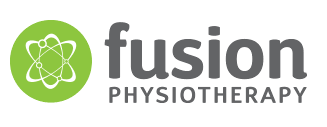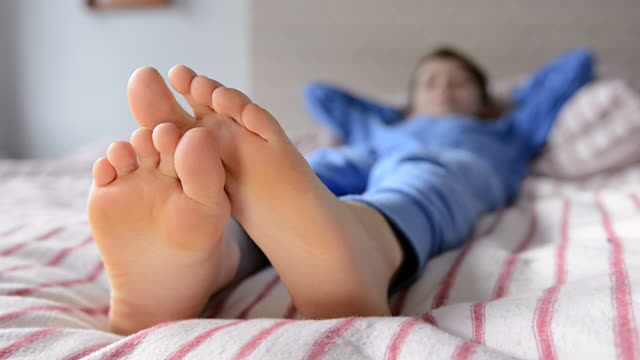
Staying on top of growing pain for young athletes
Does your child complain of pain at the front of the knee? Or maybe at the heel?
These are common presentations in young sportspeople, especially those involved in running, jumping and other high-impact activities and are often seen during growth spurts.
They might be able to complete the training but over time they will become more distressed, often limping and tears after they complete sport.
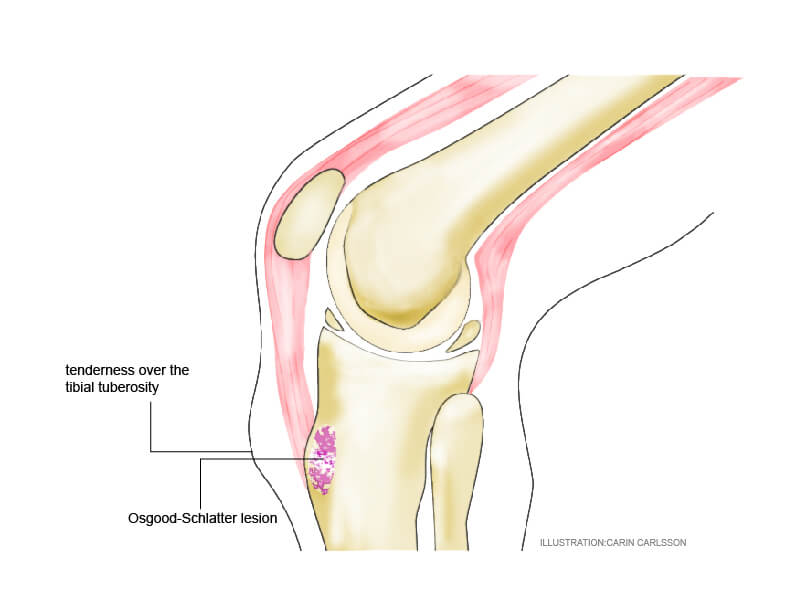
If this sounds like your child, then their knee pain may be Osgood-Schlatter Disease.
This is not actually a disease, but a condition where the tibial tuberosity just below the knee becomes inflamed at the site where the quadricep muscles attach the shin bone.
It causes pain and a small lump just below the knee and can affect one or both knees.
Typically, there is pain during sport and an ache afterwards.
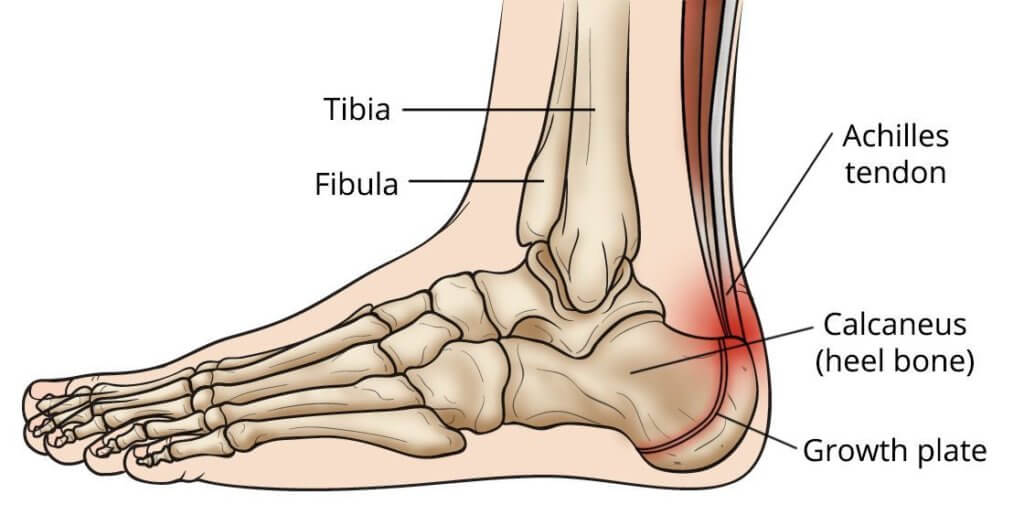
A similar condition but at the heel is known as Sever’s Disease.
Again, this is not actually a disease but a condition where the heel bone becomes inflamed at the site where the calf muscles attach.
This causes pain during running and jumping and an ache after these activities.
Sever`s and Osgood-Schlatters have a lot in common.
- Both are a type of apophysitis, caused by repeated pulling of tendon on a bony protuberance at the site of a growth plate
- Both are seen in male and female adolescents and can affect either one or both legs
- Both are more common at times of high growth and in children who do running, jumping and high impact activities like netball, football, soccer, basketball, volleyball and dancing.
- Both are related to the volume of activity, or workload of the athlete
- Both can cause limping and severely limit a child`s participation, performance and enjoyment of their sporting pursuits
How do we treat these conditions?
The first line of treatment for both conditions is REST! A period of rest is necessary to allow the inflamed area to settle and pain to subside.
Applying COLD PACKS to the painful area immediately after sport can be used for symptomatic relief.
Another way to manage these conditions is to STRETCH the quadriceps and calf muscles. This should be done twice per day as well as before and after sports. Aim to hold a long strong stretch for each muscle for 10 seconds and repeat 3 times.
In the case of Severs it is also important to make sure that appropriate and comfortable sports shoes that fit well are worn when exercising.
ADEQUATE RECOVERY – including cool down, nutrition, hydration and sleep are important for all injured athletes but especially adolescents going through rapid growth.
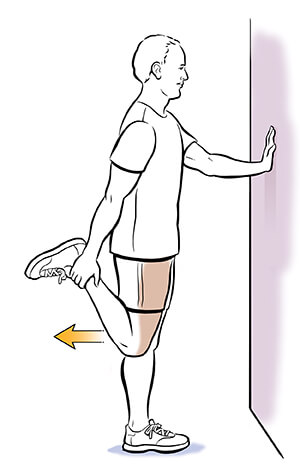

Calf stretch
How can Physiotherapy help?
By completing a thorough assessment your physio will be able to confirm a diagnosis of Osgood-Schlatters or Sever`s and help you to better understand the condition.
During the assessment your physio will also look for factors contributing to your pain including
- Your overall physical workload
- The range of motion, strength and control of your hip, knee and ankle
- Balance
- Jumping and landing technique
- Foot posture
Once your physiotherapist has an understanding of all of the factors contributing to your condition they will work with you to develop an individualised plan to help you address any modifiable factors and to manage the condition. This plan could include
- Load assessment and modification
- Helping to plan for spikes in workload for example tournaments, interleague, representative games, school sports or the crossover period between winter and summer sports
- Soft tissue work/ massage
- Strength building and movement control programs
- Taping for symptom reduction during training and games
- Referral to Podiatry or other Allied Health Professionals when needed
Chris Garner is one of the physiotherapists at Fusion Physiotherapy and enjoys working with growing athletes. He is passionate about helping them overcome these painful conditions and returning to their sport so that they can get the best out of themselves and enjoy the many benefits of being active.
